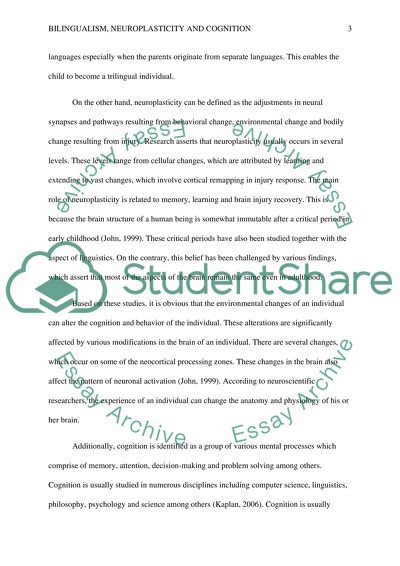Cite this document
(“Discuss the relationship between bilingualism/multilingualism, Essay”, n.d.)
Discuss the relationship between bilingualism/multilingualism, Essay. Retrieved from https://studentshare.org/psychology/1458437-discuss-the-relationship-between-bilingualism
Discuss the relationship between bilingualism/multilingualism, Essay. Retrieved from https://studentshare.org/psychology/1458437-discuss-the-relationship-between-bilingualism
(Discuss the Relationship Between bilingualism/Multilingualism, Essay)
Discuss the Relationship Between bilingualism/Multilingualism, Essay. https://studentshare.org/psychology/1458437-discuss-the-relationship-between-bilingualism.
Discuss the Relationship Between bilingualism/Multilingualism, Essay. https://studentshare.org/psychology/1458437-discuss-the-relationship-between-bilingualism.
“Discuss the Relationship Between bilingualism/Multilingualism, Essay”, n.d. https://studentshare.org/psychology/1458437-discuss-the-relationship-between-bilingualism.


